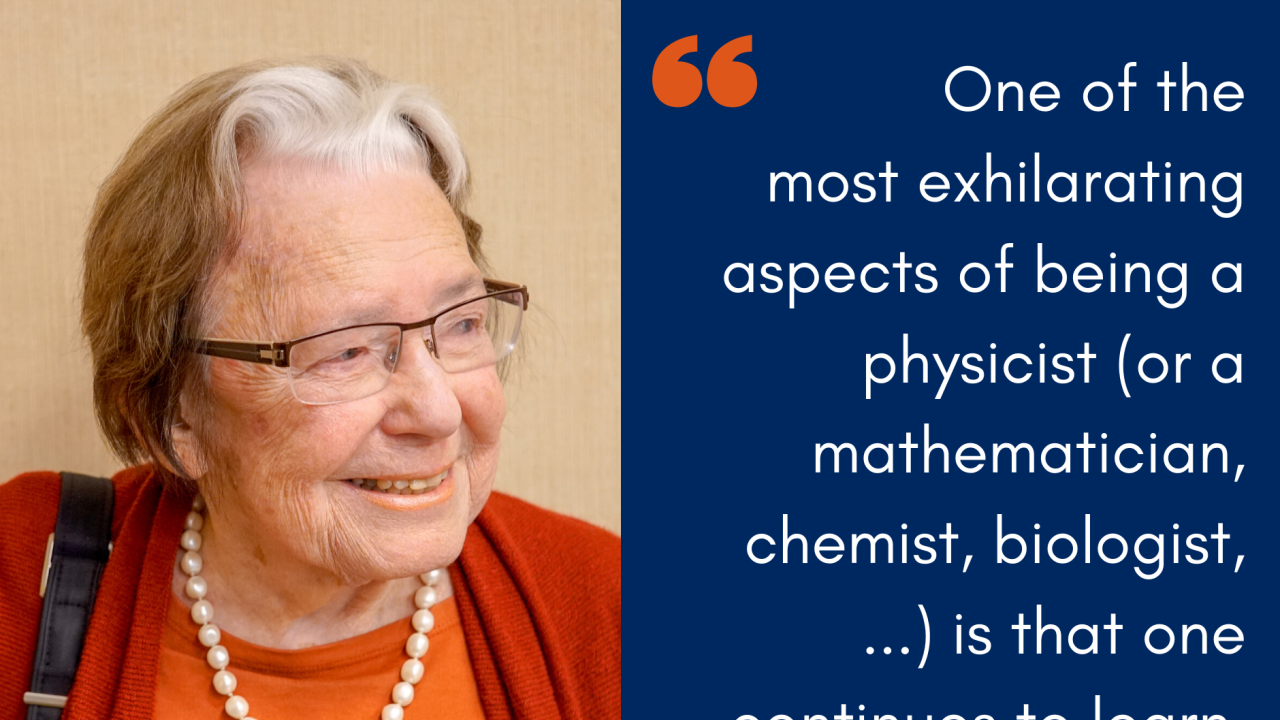
Why be a scientist? Nearly every scientist has a different answer and a different inspiration, drawn from varied careers, outlooks, and experiences. For its 40th anniversary in 2004, ICTP published the book One Hundred Reasons to be a Scientist, a collection of 100 essays from many eminent physicists and mathematicians with a connection to ICTP. The book is a source of many insights from the lives and careers of scientists, including Mildred Dresselhaus, Freeman Dyson, Vera Rubin, and Francis K.A. Allotey. The authors discuss what led them to study science, the difficulties they encountered and overcame, and their passions and hopes for the future.
We are revisiting twenty of these stories highlighting one of them every week, sharing inspirations from the essays and showcasing the words of these great scientists. During the uncertainty of the current global pandemic, the words will hopefully help researchers feel less alone in their scientific path.
We are presenting this week the story of Myriam P. Sarachik, a Belgium-born American experimental condensed matter physicist. She has been a Distinguished Professor of Physics at The City College of New York since 1995, where she has served as a teacher since 1964. She has been awarded the Buckley Prize in 2005 and has been an active advocate for scientists' human rights, being a member and chair of the Committee on the International Freedom of Scientists of the American Physical Society. She has also been a long-time member of the Human Rights of Scientists Committee of the New York Academy of Sciences, and a board member of the Committee of Concerned Scientists. In 2008 she was elected to the governing council of the National Academy of Sciences.
In her essay, Sarachik reflects on her life and career, especially regarding the difficulties she had to overcome as a child, having to flee her home country with her family during Hitler’s dictatorship and its consequences in Europe, and then later as a woman scientist in the USA. You can read it here.
If you want to learn more about Myriam Sarachik, here you can watch her in an interview from the series “Women to Women” by the City University of New York from 2005.
If you are interested in learning about 99 more scientists and what inspired them, you can find the whole book in electronic format for free download on ICTP’s Marie Curie Library website, in English, Italian and Urdu.
Previous stories:
















